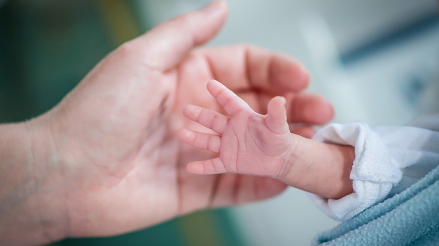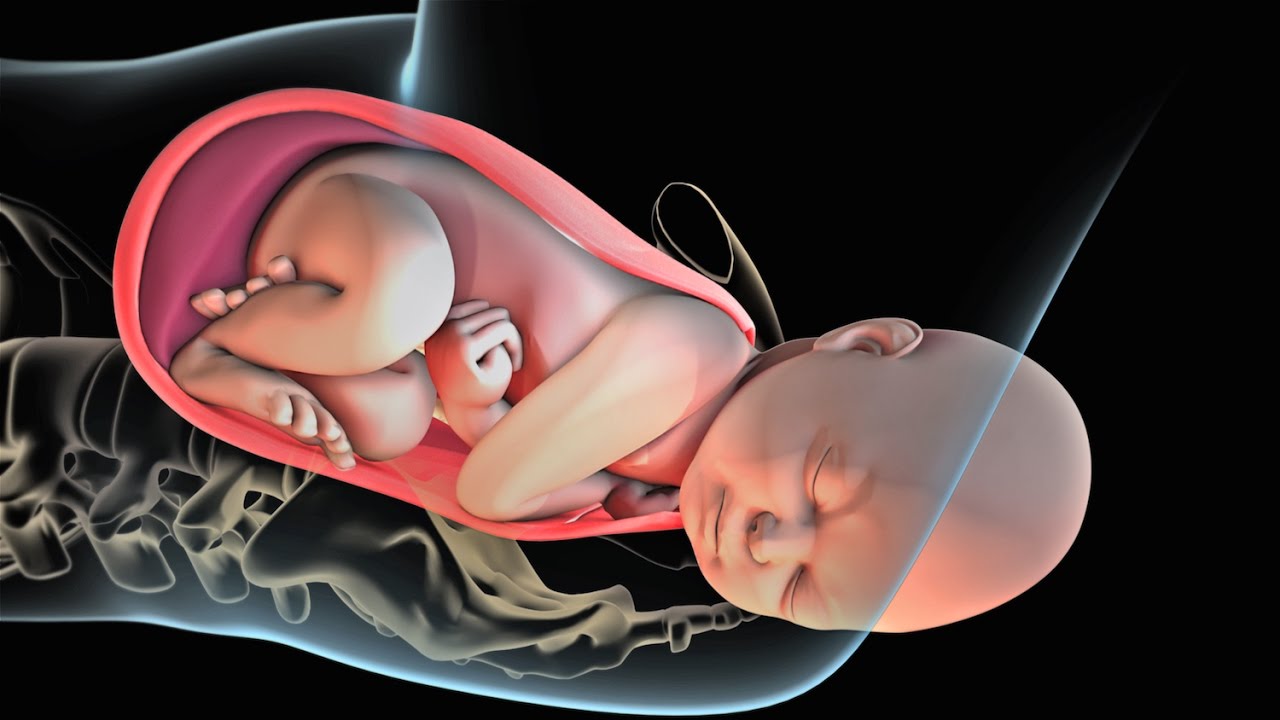You may also like…
“Getting fit after pregnancy is not about bouncing back to your pre-baby body, it’s about building a new and stronger one”
The Diastasis Recti
The diastasis Recti is the separation of muscles that normally make a person’s six pack abs. These muscles are divided into 2 sides by a linea alba. During pregnancy, these muscles separate due to the expanding uterus and the pressure it puts on the abdominal muscles. This is called diastasis recti and it is very common in the third trimester of pregnancy and post- partum. The healing of these muscles depends on multiple factors such as adequate nutrition and optimum exercise. To help fix this problem, perform gentle abdominal exercises that engage your core. It is important that you know that healing takes time- it takes about 6 to 8 weeks for the body to return to its pre- pregnancy form and proper exercise is the top-most ranked risk factor in healing this.
What are the common signs of diastasis recti?
You will feel a bulge, protrusion, coning or doming of the anterior abdominal wall or around the belly button. A feeling of instability will contribute to difficulty performing tasks that engage the core muscles such as lifting objects or performing everyday tasks. Pain during intercourse, pelvic or hip pain and poor posture are also common complaints. Diastasis Recti is also associated with urinary leaking, back pain and constipation.
What to do about it?
If the condition has become bothersome, the first step is to manage it through conservative management which includes weight-loss, lifestyle modifications, and specific exercise regimens designed to help this condition. Performing deep breathing exercises can be a helpful practice but a lot of core-engaging exercises such as planks, pushups, yoga poses such as the downward facing dog, boat pose may make this condition worse so do get a good instructions guide from a trained physiotherapist before you embark on anything too specific







